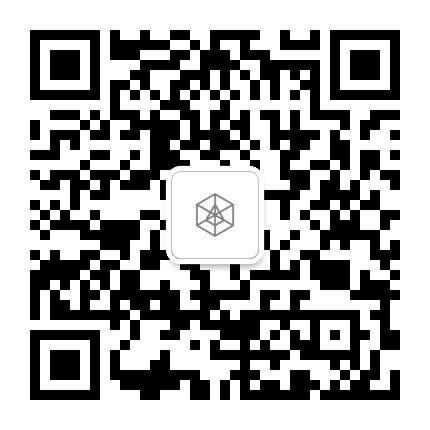Inc.: 5 Obstacles Currently Facing Blockchain Technology
2018-01-24
Media: Inc.
Date: 01/24/2018
While these obstacles exist today, work is being done to resolve all five. The result will be explosive growth in how and where blockchain technologies are deployed.
Two of the true pioneers of blockchain technology, Robert Mao and Flavian Charlon, have been feverishly working on problems relating to the implementation of blockchain technologies in fields beyond cryptocurrencies. The two are now colleagues at ArcBlock, where Mao serves as founder and lead architect, while Charlon, one of the most influential engineers in the field of blockchain technology, serves as Chief Scientist.
Having been so deeply involved in the field, and currently working on ways to better the technology and expand its uses, the two identified the five biggest obstacles currently facing blockchain:
1. Underperformed Functionality
The blockchain that Bitcoin uses is designed to handle seven transactions per second, and Ethereum can only handle a few more. In December of 2017, a simple CryptoKitties application accounted for lots of network traffic jams on Ethereum and as traffic increased significantly, the transaction fees raised up dramatically. This is a clear example of its limitation on handling large amount of concurrent users makes itself less competitive compared to existing non-blockchain alternatives.
2. None Consumer Friendly
Nearly all blockchain applications currently require users to either run a blockchain node or install a “light node.” Bitcoin and other blockchain-based currencies rely on a network of people who are called upon to review transaction data.
The Bitcoin Blockchain ecosystem acts like a network of replicated databases, each containing the same list of past Bitcoin transactions. Important members of the network are called validators or nodes that pass around transaction data and independently validate (or negate) the transaction. When all are in agreement, the transaction goes through. There are complicated rules in place to make the network operate as intended. These complicated rules and standards, though, prevent the expansion of blockchain technologies among the audience.
3. Significant Cost
The extremely high cost of using blockchain technology is the major barrier to mainstream adoption. It also limits developers who need the flexibility to build free services. Similar to the Internet, blockchain technology should be able to support free applications. Developers and businesses should only charge from users for their innovations and development of the app, instead of charging transaction fees from them. There is some irony to this, since blockchain was created with the idea of greatly reducing or even eliminating transaction fees.
4. Locked-In Platform
Developers have to decide which blockchain to support from the very beginning. The infrastructural design and code are usually secured within the blockchain. Unreplaceable once applied, the platform cannot provide optimal user experience without support on various Blockchain technologies. This is a huge hindrance, since users’ needs and goals often shift.
5. Lack of Features
The world has high expectations for blockchain - the news media, evangelists, and journalists have painted a bright future for decentralized applications for the public, especially with the increasingly high prices of cryptocurrencies. Although decentralized applications on blockchain have brilliant prospects, the majority of them lack rich functional features and do not have mechanisms that encourage the blockchain community to contribute to the feature stacks.
"While we have identified those obstacles,” Mao said. “It doesn’t mean that we see them as barriers to the expansion of blockchain technologies to the application fields other than cryptocurrencies.
“We have taken each of those and have worked to overcome most of them. In fact, we are on the precipice of releasing ArcBlock, a blockchain 3.0 platform, here most of these hurdles will be overcome.
In order to expand its presence, ArcBlock has also been actively building partnerships with key industry leaders. For example, ArcBlock recently joined IBM PartnerWorld program and has joined SAP’s co-innovation initiative and is a member of SAP Blockchain Early Access Program.
“It won’t be long before you’ll be seeing blockchain technologies behind a host of applications that will be revolutionized by it,” Mao added. “The best part of it is, we are not reinventing yet another blockchain protocol, instead we’re building a platform that works with existing major blockchain technology and grow together to form a bigger ecosystem.”
Coming soon, Robert Mao reveals Arcblock’s solutions to these vexing problems.
Link: https://www.inc.com/arcblock/five-obstacles-currently-facing-blockchain-technology.html


